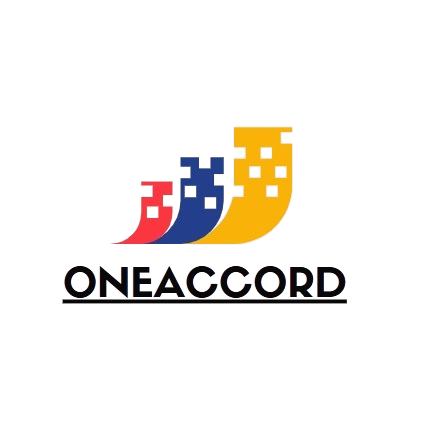In a world that is increasingly interconnected, language barriers often present significant challenges in communication, whether in business, education, healthcare, or international diplomacy. Traditionally, human interpreters have played a pivotal role in overcoming these barriers, facilitating understanding across different languages. However, with the rapid advancements in artificial intelligence (AI), a new form of interpretation service is gaining prominence. AI-powered interpretation services are transforming the way we communicate by providing faster, more efficient, and scalable solutions to language translation and interpretation.
AI interpretation services leverage the power of machine learning, natural language processing (NLP), and speech recognition technologies to provide real-time translation and interpretation. These systems are trained on vast amounts of multilingual data, enabling them to recognize, process, and convert spoken or written content from one language to another. The integration of these technologies has led to the development of tools and platforms capable of interpreting spoken language in real-time, making it possible for individuals and organizations to engage in seamless communication regardless of language differences.
One of the key advantages of AI interpretation services is their speed and efficiency. Unlike human interpreters, who require time to process and translate spoken language, AI systems can translate conversations almost instantaneously. This ability is especially valuable in environments such as business meetings, conferences, or customer service ai interpretation service settings, where time is of the essence, and immediate understanding is crucial. AI interpretation systems also have the capacity to handle multiple languages simultaneously, which can be beneficial in multinational settings or for global organizations operating in diverse linguistic environments.
Furthermore, AI interpretation services are cost-effective. Human interpreters, particularly those who are highly skilled and specialize in niche languages, can be expensive. In contrast, AI-driven platforms offer a more affordable alternative, allowing businesses and individuals to access high-quality interpretation services without breaking the bank. This accessibility is a game-changer, particularly for small and medium-sized enterprises (SMEs) that may not have the resources to hire professional interpreters for every language pair they encounter.
Another notable advantage of AI interpretation services is their scalability. As businesses expand into new international markets, the demand for language services typically increases. AI interpretation platforms can easily scale to accommodate these growing needs, providing consistent quality and accuracy across different languages. Whether it’s interpreting documents, video calls, or live speeches, AI systems are adaptable and can cater to the specific requirements of each user. With the growing adoption of AI technology, these services are becoming more accurate and reliable, further enhancing their utility in global communication.
However, while AI interpretation services offer numerous benefits, they are not without limitations. One of the most significant challenges lies in the nuances of language, such as idiomatic expressions, cultural references, and regional dialects, which may not always be accurately captured by AI systems. These subtleties often require the expertise of a human interpreter, who can provide context and understand the cultural and emotional undertones of a conversation. Despite ongoing advancements, AI systems are still evolving, and while they can handle basic translations effectively, more complex conversations may not always achieve the level of nuance and sensitivity that a human interpreter could provide.
Despite these challenges, AI interpretation services are rapidly improving, and their potential to revolutionize communication is undeniable. The combination of speed, efficiency, and affordability makes them an invaluable tool for global communication. As AI technology continues to evolve and learn from human interactions, the future of interpretation services looks bright, promising even more accurate, reliable, and accessible language solutions. In a world where effective communication is key to success, AI-powered interpretation is playing an increasingly critical role in breaking down language barriers and fostering global understanding.

Leave a Reply